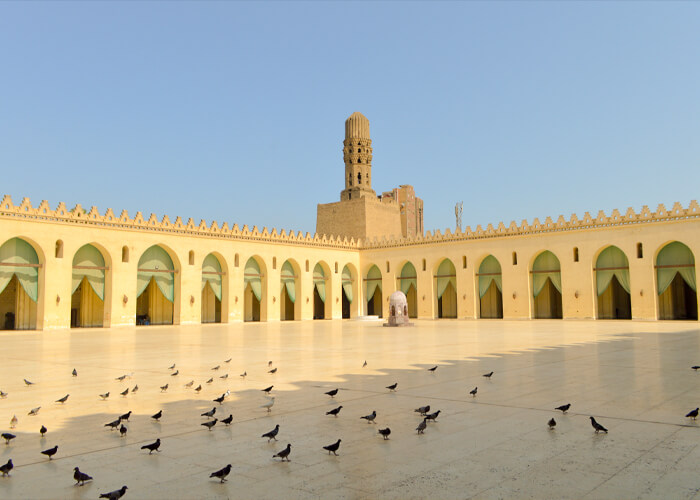The Al-Hakim Mosque in Cairo is a stunning example of the city’s architectural heritage.
Al-Mosque Hakim’s is a must-see in Cairo, since it is located near to the Northern Walls and celebrates one of Egypt’s most famous monarchs.
When he became the 6th Fatimid caliph at the age of 11, Al-Hakim bi-Amr Allah was only 11 years old, and he was 15 when he ordered the execution of his teacher.
Persecution of Christians, Jews, and businesspeople were hallmarks of his reign (996-1021), as was his virulent bigotry toward women.
According to tradition, he reportedly had a gang of boisterous females burned alive in a public bath because he forbade them from leaving their homes.
The caliph stood on their heads as his Nubian slave, Masoud, sodomised traders who had been caught cheating during Al-inspections Hakim’s inspections.
A group of Indian Bohara Isma’ili Shi’ites who are dedicated to maintaining Cairo’s Fatimid mosques rebuilt the mosque in 1980, and it was reopened to the public the following year.
Even though the original timber tie-beams and plaster frieze beneath the ceiling still remain, the brass lighting, glass chandeliers, and new mihrab infuriated purists.
From the top of the mosque, you can see Bab El-Nasr Cemetery and the mosque’s unique minarets, which are designed like bastions.
There is now some wheelchair accessibility in the courtyard, thanks to recent improvements (you will require a friend or family member to unlock the side door to the left of the main entry).

